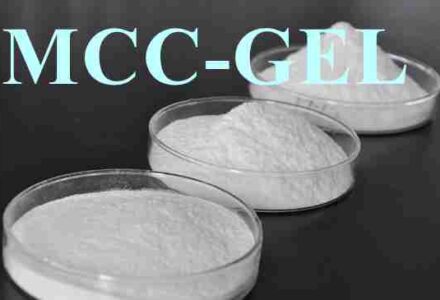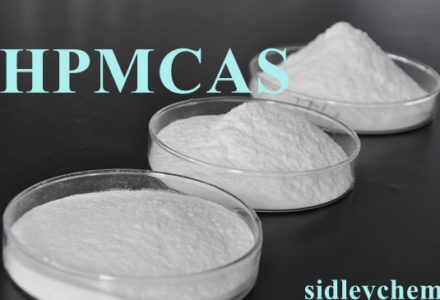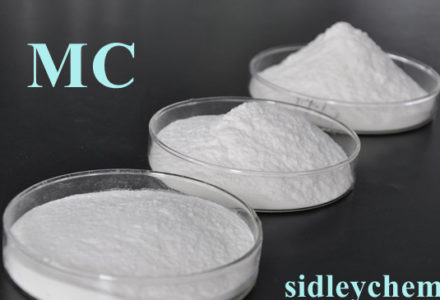The cellulose ether is also known the rheology modifier, i.e., an additive used to adjust the rheological properties of fresh mortar. The main functions are as follows: (1). It enables the fresh mortar to thicken, thus prevents segregation and obtains uniform plasticizers; (2). It has air entraining effect itself, and can also stabilize the introduced.. read more →
Cellulose ethers are currently the commonly used polymer admixtures of the cement mortar used in construction. Cellulose ethers can be fully dispersed in water to form a transparent viscous liquid. With a small amount (the mass percentage of less than 1%) added to the cement, it can improve the flow and condensation characteristics of cement.. read more →
Cellulose ethers can be monoethers or mixed ethers, and there are certain differences in their performance. On the macromolecules of cellulose, the low-substituted hydrophilic group such as hydroxy ethyl groups, can give the product a certain degree of water solubility. However, for water permeable groups such as methyl, ethyl, etc., only a moderate degree of.. read more →
In 1905, Suida first reported etherification of cellulose, methylation of dimethyl sulfate. Dreyfus (in 1914) and Leuchs (in 1920) respectively obtained water-soluble and oil-soluble cellulose ethers. In 1921, Buchler and Gomberg obtained cellulose, and carboxymethyl cellulose was made by Jansen in 1918 for the first time. In 1920, Hubert obtained hydroxy ethyl cellulose. In the.. read more →
In the building materials industry, cellulose ethers have an extremely wide range of uses. The amount is large and they can serve as retarders, water-retaining agents, thickeners and binders. Cellulose ethers play important roles in ordinary dry mortar, efficient exterior wall insulation mortar, self-leveling mortar, dry plaster adhesives, dry mortar for tile adhesive, high-performance construction.. read more →




